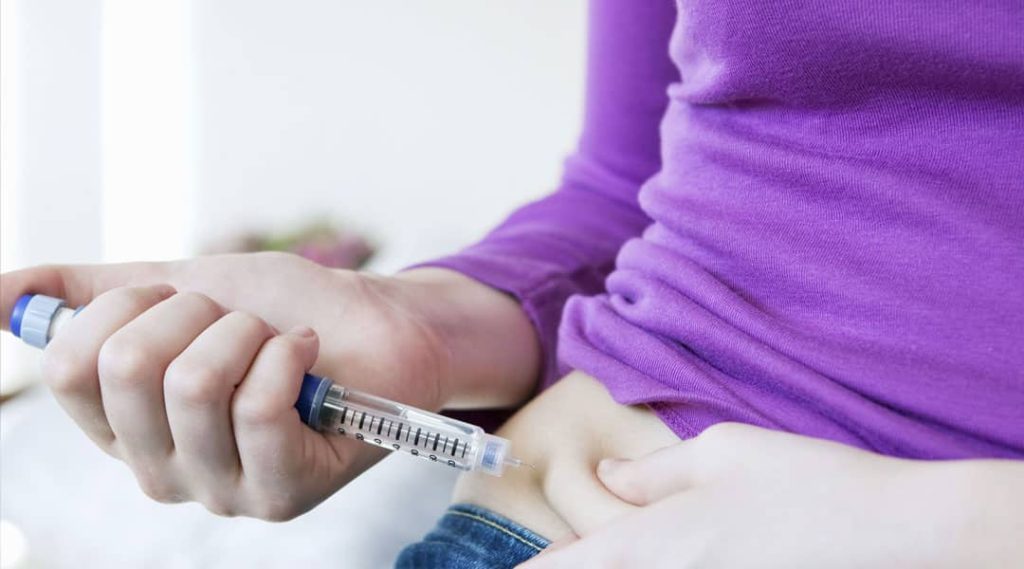Often referred to as “juvenile diabetes,” type 1 diabetes typically manifests in children and teenagers. Nonetheless, it is not exclusively limited to the younger population and can also appear in adults. Type 1 diabetes is an autoimmune disorder where the pancreas ceases insulin production. Insulin is critical for maintaining appropriate glucose levels in the body.
Type 1 diabetes can present abruptly in adults. Therefore, it is crucial to recognize the initial signs of this condition. Since type 1 diabetes shares symptoms with type 2 diabetes, distinguishing between the two can be difficult. Always consult your physician if you have concerns.
## Recognizing Symptoms of Type 1 Diabetes in Adults
The early symptoms of type 1 diabetes can often be confused with other illnesses. Here are some key indicators to watch for:
– **Increased urination** – This occurs because your kidneys are expelling excess sugar from your bloodstream, leading to more frequent bathroom visits.
– **Increased thirst** – With frequent urination comes dehydration, causing persistent thirst.
– **Increased appetite** – Individuals with diabetes should consume fiber-rich foods to avoid overeating.
Additional symptoms you should be aware of include:
– Unusual weakness
– Extreme fatigue
– Unexplained weight loss
– Blurry vision
– Vaginal yeast infection
– Trouble breathing
– Drowsiness
– Sweet-smelling breath
– Diabetic ketoacidosis
– Mild to severe headache
In rare cases, type 1 diabetes can cause a loss of consciousness. Lack of appropriate treatment can lead to the condition worsening.
## What Triggers Type 1 Diabetes in Adults?
The exact cause of type 1 diabetes remains uncertain, and this uncertainty applies to children, teenagers, and adults alike. Experts believe that because it is an autoimmune disease, the body’s immune system erroneously attacks the insulin-producing cells in the pancreas.
Additionally, it’s suggested by medical professionals that type 1 diabetes could be genetically influenced.
A third theory links the development of type 1 diabetes to an individual’s exposure to viruses and other environmental factors, although no conclusive evidence supports this theory.
## Conclusion
Just like type 2 diabetes, type 1 diabetes can progress into a more severe condition without proper management. If you experience any of the symptoms mentioned above, it is vital to consult with your healthcare provider promptly. The standard treatment for type 1 diabetes includes insulin injections. If diagnosed, regular insulin shots are essential to stabilize blood glucose levels. Currently, there is no cure for diabetes, but modifying your lifestyle and diet can prevent or manage this condition effectively.
### Sources:
– [JDRF: Symptoms of Type 1 Diabetes in Adults](https://www.jdrf.org/t1d-resources/about/symptoms/adults/)
– [Mayo Clinic: Symptoms and Causes of Type 1 Diabetes](https://www.mayoclinic.org/diseases-conditions/type-1-diabetes/symptoms-causes/syc-20353011)
– [WebMD: Adults Can Get Type 1 Diabetes Too](https://www.webmd.com/diabetes/adults-can-get-type-1-diabetes-too)
